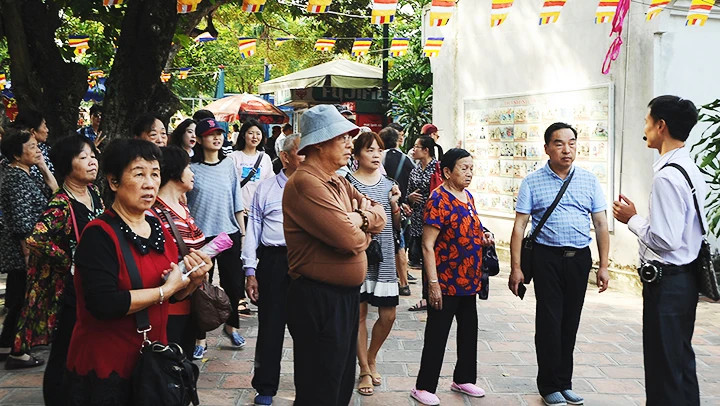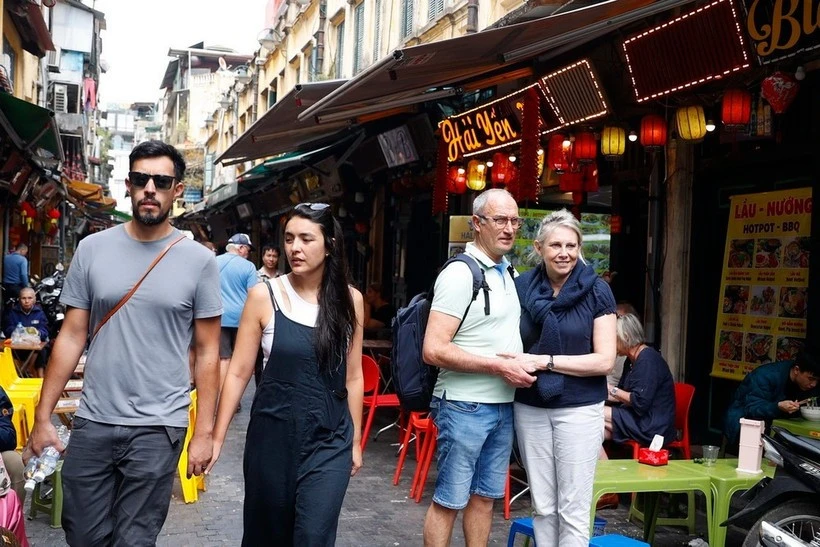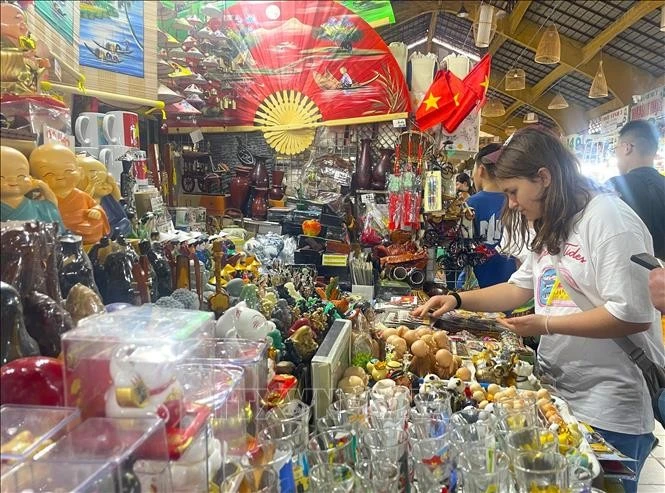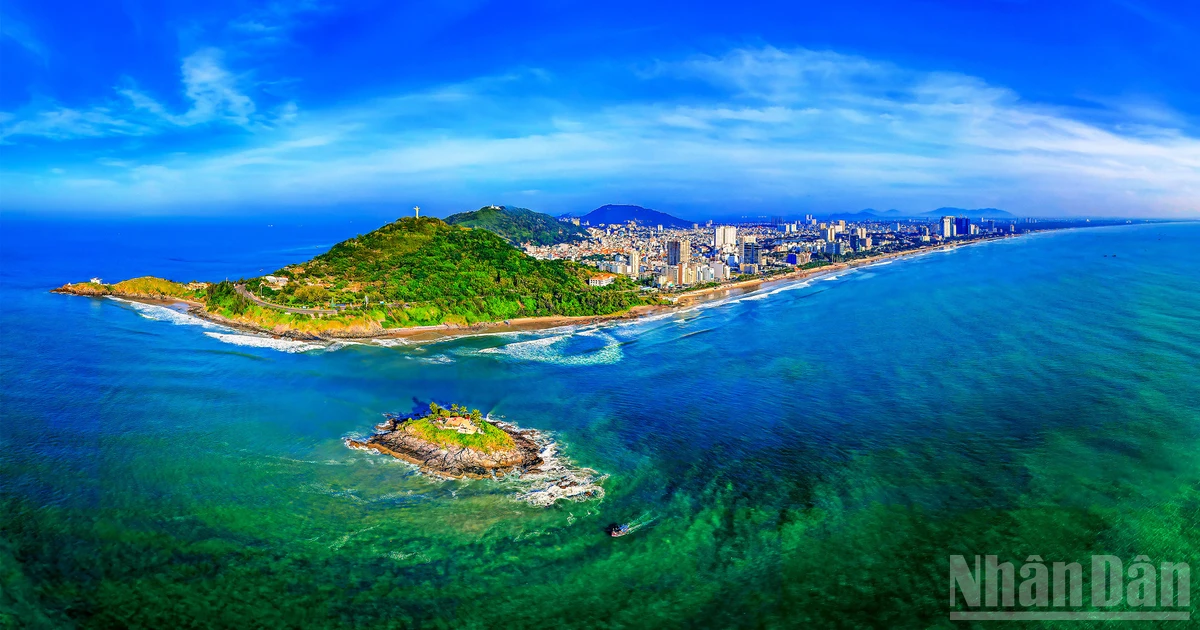According to the Information Centre of the Vietnam National Authority of Tourism, since officially reopening in March 2022, Vietnam’s tourism industry has demonstrated remarkable recovery. While international arrivals stood at 3.7 million in 2022, the number surged to 12.6 million in 2023 and reached 17.6 million in 2024, marking a 40% increase from 2023 and a 4.7-fold rise compared to 2022.
A spectacular comeback
With these figures, Vietnam boasts the strongest tourism recovery in the ASEAN region. Specifically, international arrivals in 2024 reached 17.6 million, 98% of the 2019 level before COVID-19. This recovery outpaces other leading tourism markets, with Malaysia at 94%, Thailand at 88%, and both Singapore and Indonesia at 86%, while the Philippines lags at 72%.
Regarding total international arrivals, Vietnam has surpassed Singapore (16.5 million), ranking third after Thailand (35 million) and Malaysia (an estimated 24.5 million). Vietnam’s international visitor count is also significantly higher than Indonesia (expected 13.8 million) and the Philippines (5.9 million).
According to Indonesia’s Tempo newspaper, this impressive growth is directly linked to Vietnam’s open visa policies. The country now grants e-visas to citizens of all countries and territories while also offering visa exemptions for 13 nationalities, with extended stays of up to 45 days – 30 days longer than previous regulations.
Furthermore, in 2024, the government launched an official e-visa application portal, making the process simpler and more convenient for international visitors.
Tempo also praised Vietnam’s rich tourism potential, highlighting its world-renowned historical landmarks, breathtaking natural landscapes, unique cultural heritage, and diverse cuisine. Visitors can explore the nostalgic charm of Hoi An’s ancient town, visit the War Remnants Museum and Cu Chi Tunnels in Ho Chi Minh City, or discover the imperial splendor of Hue.
“With its remarkable recovery driven by open tourism policies and its natural, cultural, historical, and culinary advantages, Vietnam is positioning itself as a top regional tourism hub - a safe, friendly, and captivating destination welcoming international travelers to experience its endless beauty.”
A new record
International arrivals to Vietnam in January 2025 reached nearly 2.1 million—a record high—marking an 18.5% increase from the previous month and a 36.9% rise year-over-year.
Nguyen Trung Khanh, Director of the Vietnam National Authority of Tourism, attributes this success to the sector’s sustained efforts, including policy reforms, enhanced tourism promotion strategies, and stronger public-private partnerships. The development of new tourism products—such as agricultural tourism, railway tourism, nightlife tourism, wellness retreats, and eco-tourism—has also helped meet evolving traveler preferences.
Additionally, digital marketing and social media campaigns have played a crucial role in strengthening Vietnam’s tourism brand and attracting more international visitors. Expanded participation in bilateral and multilateral cooperation frameworks has further boosted Vietnam’s visibility on the global tourism map.
“The positive signs in early 2025 give us great optimism for Vietnam’s tourism industry. Our goal is to welcome and serve 22–23 million international visitors this year.”
Despite its strong growth, Vietnam’s international arrivals in 2024 only reached 97.8% of the target (18 million visitors) and 97.6% of the 2019 figure. Some key markets, such as China, have only recovered to 64%, while Japan is at 75%.
This makes the 2025 goal of 22–23 million international arrivals highly ambitious. Experts emphasise the need for further visa improvements, expanded tourism promotion, and the development of more entertainment activities to extend visitor stays.
Sustainable tourism growth also requires greater integration of technology, artificial intelligence, and digital transformation in tourism marketing. Enhancing service quality is essential to attracting and retaining international visitors.
While the sharp rise in international arrivals is promising, experts caution that global economic instability and geopolitical tensions pose potential risks. Additionally, some argue that Vietnam’s tourism recovery is still lagging behind some regional competitors. In 2024, Thailand welcomed 35 million international visitors, and Malaysia received 27 million—significantly higher than Vietnam’s 17.6 million.
Moreover, domestic tourism remains a challenge. While outbound tours are thriving, domestic tour sales remain sluggish. Without strong domestic tourism, long-term sustainability for the industry will be difficult.
To sustain its growth momentum, Vietnam must continue improving tourism infrastructure, especially transportation and accommodation facilities. Strengthening service quality and leveraging digital marketing efforts will be key to competing with regional rivals. If optimised policies and sustainable tourism initiatives remain a priority, Vietnam has the potential to rise further on the global tourism map.
In 2024, the Republic of Korea remained Vietnam’s top source market, with 4.5 million visitors (25.98% of total arrivals). China ranked second, contributing 3.7 million arrivals (21.26%).
















